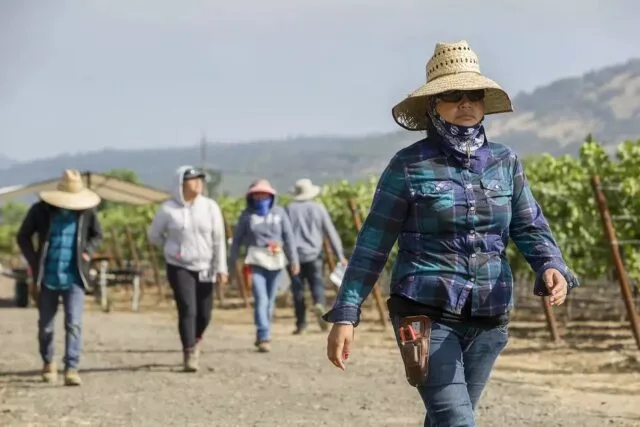Tasting and analyzing wine is an art form that involves understanding the complexities and nuances of many different wine varieties. There are thousands of terms to describe a wine’s flavors and aromas, which can be confusing and sometimes straight-up overwhelming.
This is why I am a believer in the “Fruit First” theory, as the fruit character of a wine is typically the most prominent and enjoyable. But how do you know which fruits to look for in which wines?
To help organize these various fruity characteristics, The WSET (Wine & Spirit Education Trust) Systematic Approach to Tasting utilizes seven different fruit clusters: four for white wines and three for red.
You May Also Like: 3 Reasons Why You Should Get WSET-Certified Through Wine Enthusiast Academy
Rather than focusing on picking out a specific fruit—say, apple versus pear or peach versus nectarine—this system begins with noting what cluster (or fruit group) can be detected first.
“WSET’s Systematic Approach to Tasting uses clusters because it can be a helpful way for a taster to develop their ability,” says David Rudman, executive director for WSET Americas & WSET Asia Pacific. “While a novice taster might not readily identify ‘lime’ as an aroma in wine, they might be able to identify ‘citrus fruit.’ It is good practice to proceed from general descriptors to more specific ones.”
These clusters also keep the language to describe wines on a level playing field, so that everyone is basically speaking the same language when discussing
This Article was originally published on Wine Enthusiast




